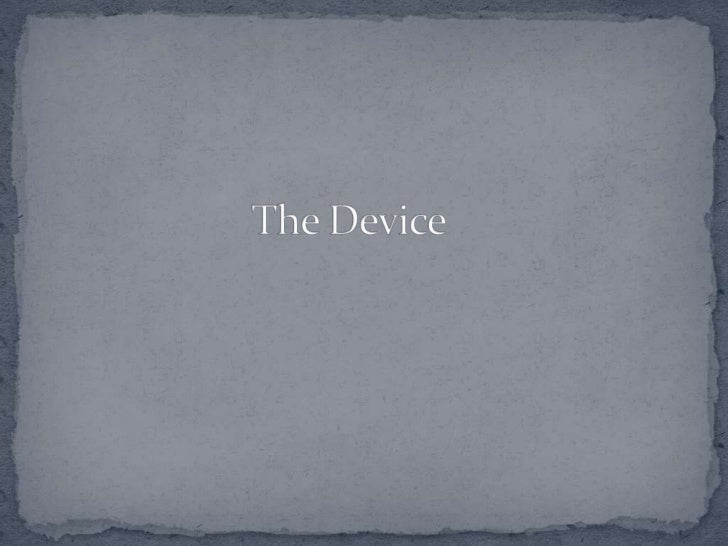
If anticoagulation is still required, an alternative drug should be used.
#HEPARIN DRIP SKIN#
Sometimes surgery is required to remove the dead skin and a skin graft may be performed if this is extensive, resulting in more prolonged recovery time. Wound care involves cleaning and dressing areas of skin loss, with appropriate pain relief. Generally ceasing the heparin injections promptly leads to recovery. What is the treatment for heparin-induced necrosis? Subcutaneous provocation tests should not be performed when there has been skin necrosis. Blood tests are also be done for clotting factors, protein C and protein S (which are usually normal). Heparin necrosis can occur in the absence of these antibodies and the mechanism may then be less clear.

This form of heparin necrosis is called ‘ heparin-induced thrombocytopenia type II’, and, as the name suggests, is associated with low platelet counts. This should be tested for as it is important not to have further heparin if it is positive. In many cases, heparin necrosis is due to an allergic immune reaction involving a complex of antibody, heparin, platelet factor 4 (PF4) and platelet. Histopathology shows the death of the surface skin and sometimes clots or inflammation in small blood vessels of the deeper skin.īlood tests should be done to work out the cause of the heparin reaction and exclude other causes of skin necrosis. The diagnosis is usually suspected clinically, but a skin biopsy may be performed. How is the diagnosis of heparin-induced skin necrosis made? Usually, the area of necrosis is only about 3 cm in diameter but can be more extensive. In many cases, it occurs only at the injection site, but it can develop anywhere on the skin with no apparent preferred sites. There is surrounding redness and bruising. Within hours or 1–2 days blisters develop and then a black-red centre appears due to skin necrosis (death of skin cells). Redness, pain and swelling under the skin develop at the heparin injection sites. Heparin necrosis begins on average 7 days (range 1–17 days) after starting heparin injections. What are the clinical features of heparin-induced necrosis? Women appear to be more commonly affected by heparin-induced necrosis than men. Heparin necrosis can affect adults receiving subcutaneous or intravenous heparin injections either to treat established deep venous thrombosis (DVT) or to prevent this occurring when they are at risk of developing DVTs, such as following surgery or prolonged hospitalisation. Generalised hypersensitivity reactions such as acute urticaria.Injection-site erythema, and eczematous, painful or itchy plaques.


Heparin can also give rise to other cutaneous reactions, including: Heparin-induced skin necrosis is a rare complication of heparin injections either at the injection site or distant sites, in which there is the death of skin cells (necrosis) due to the inadequate blood supply.


 0 kommentar(er)
0 kommentar(er)
